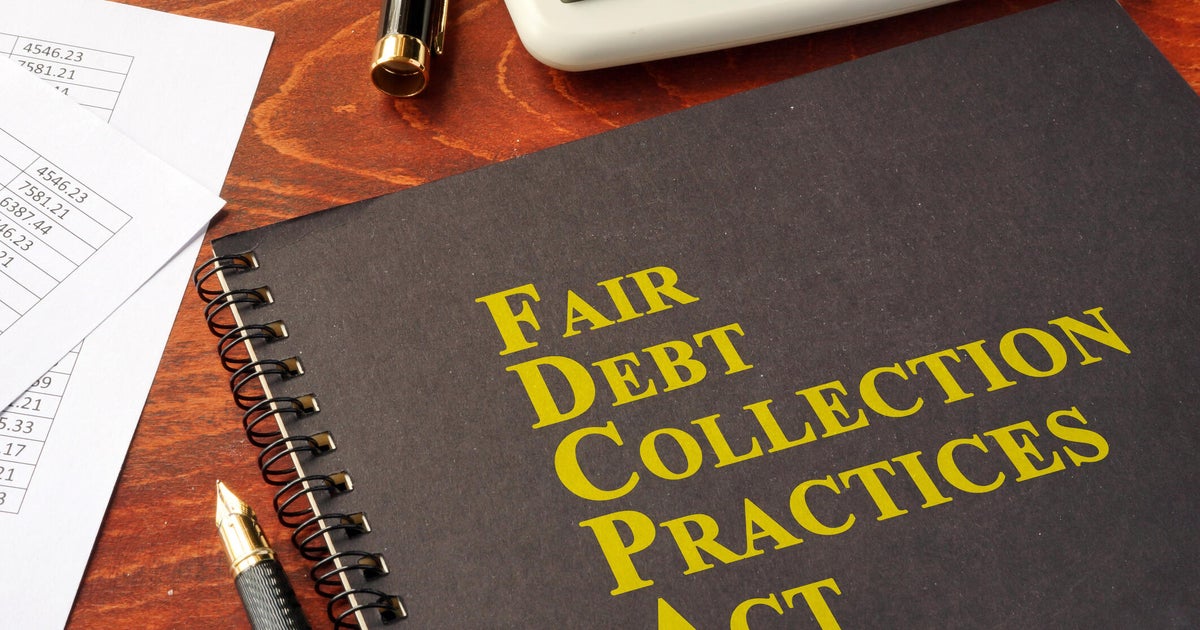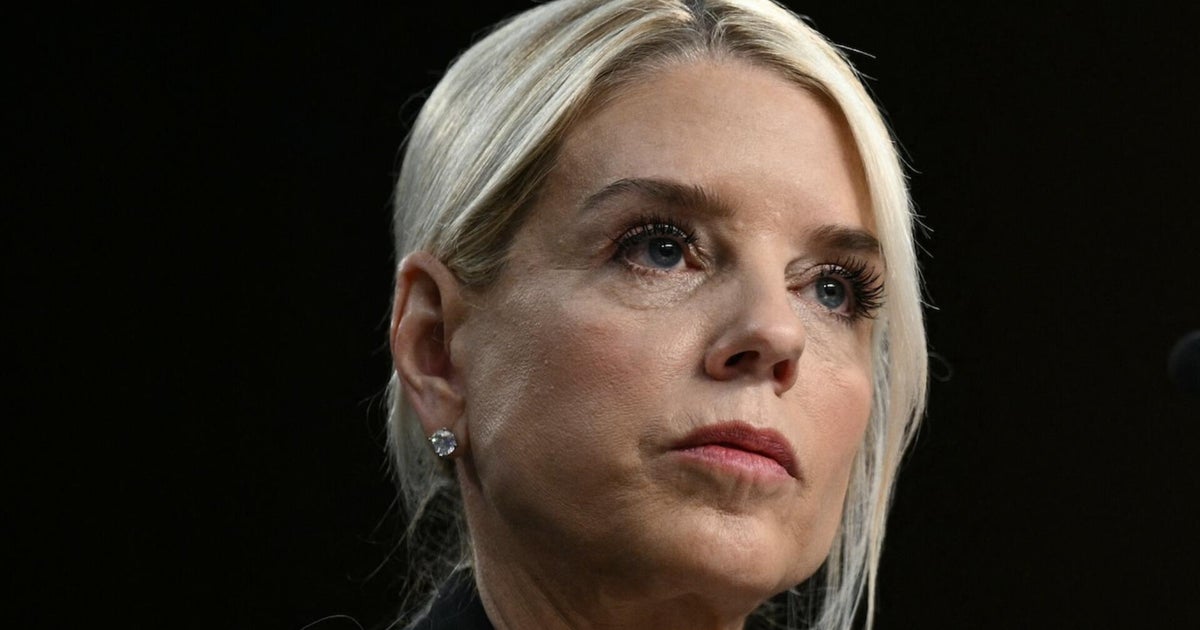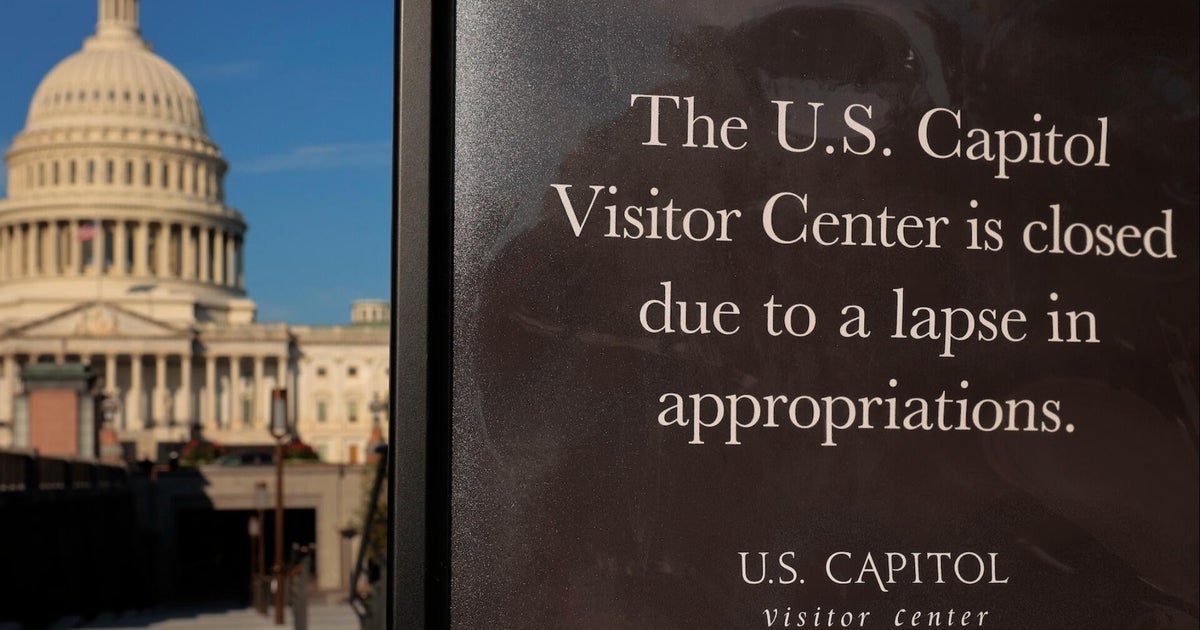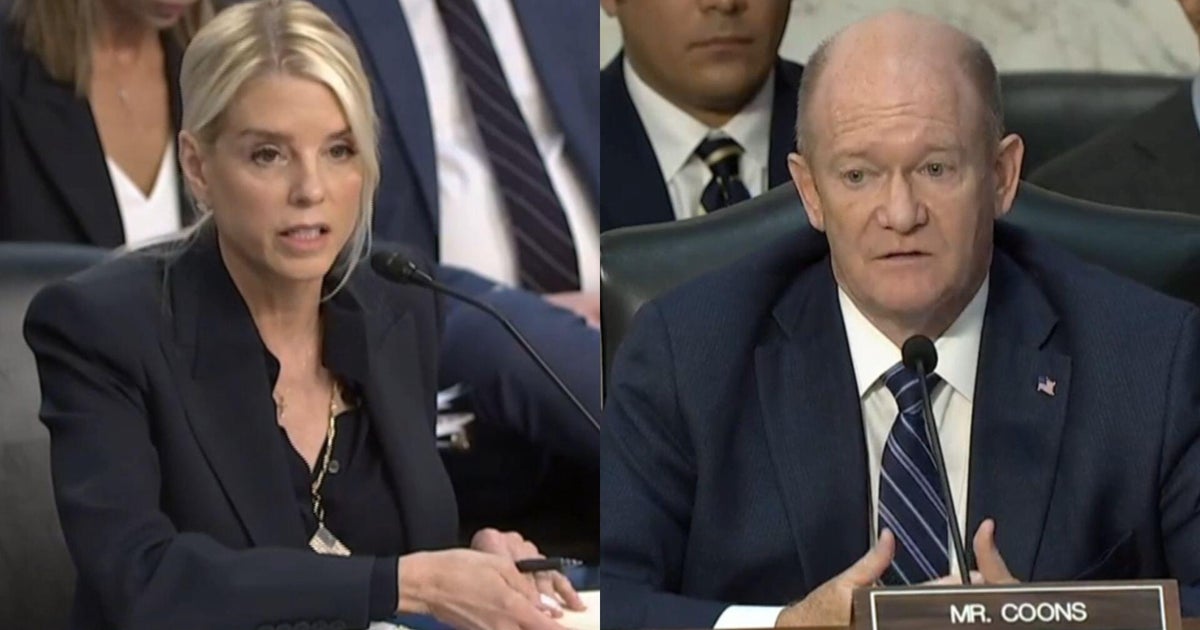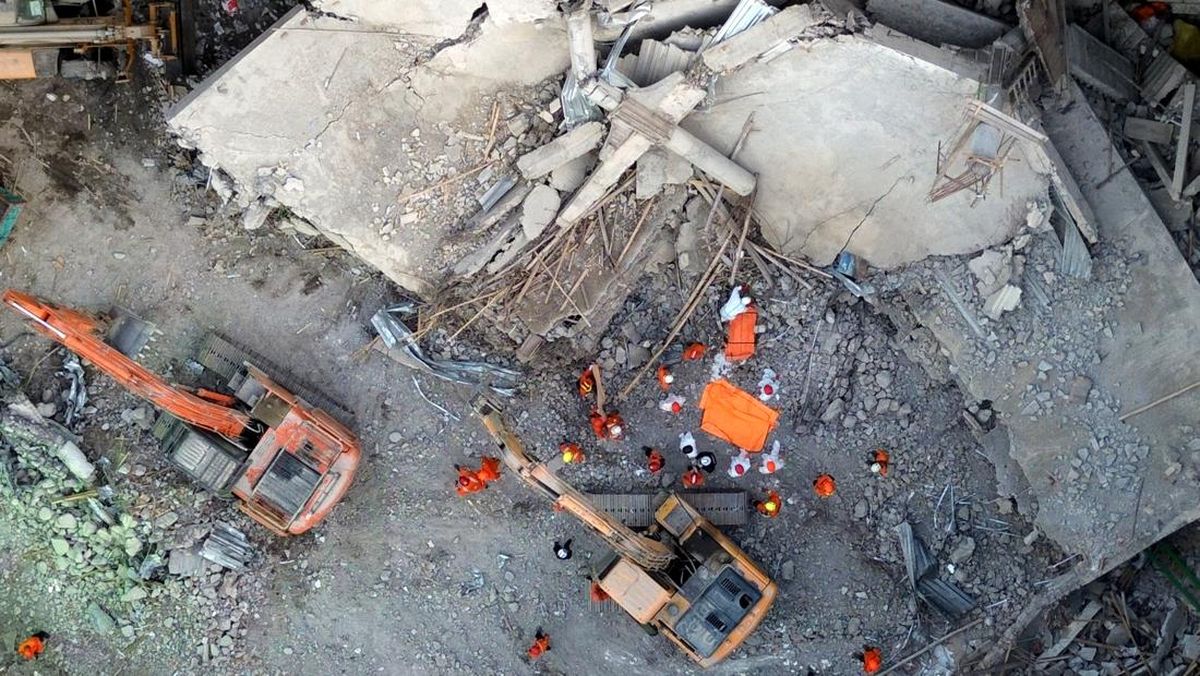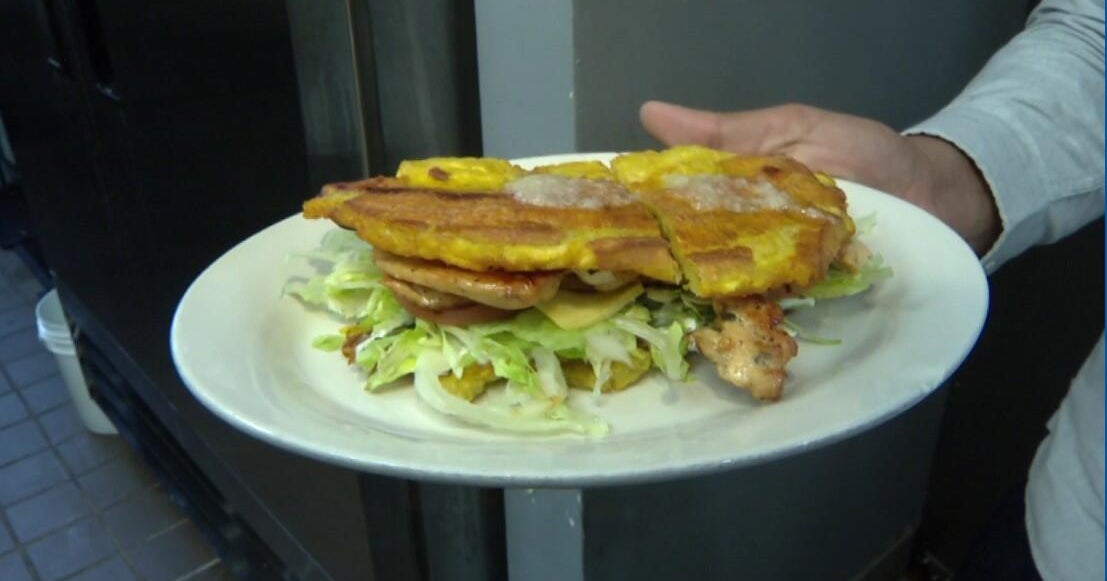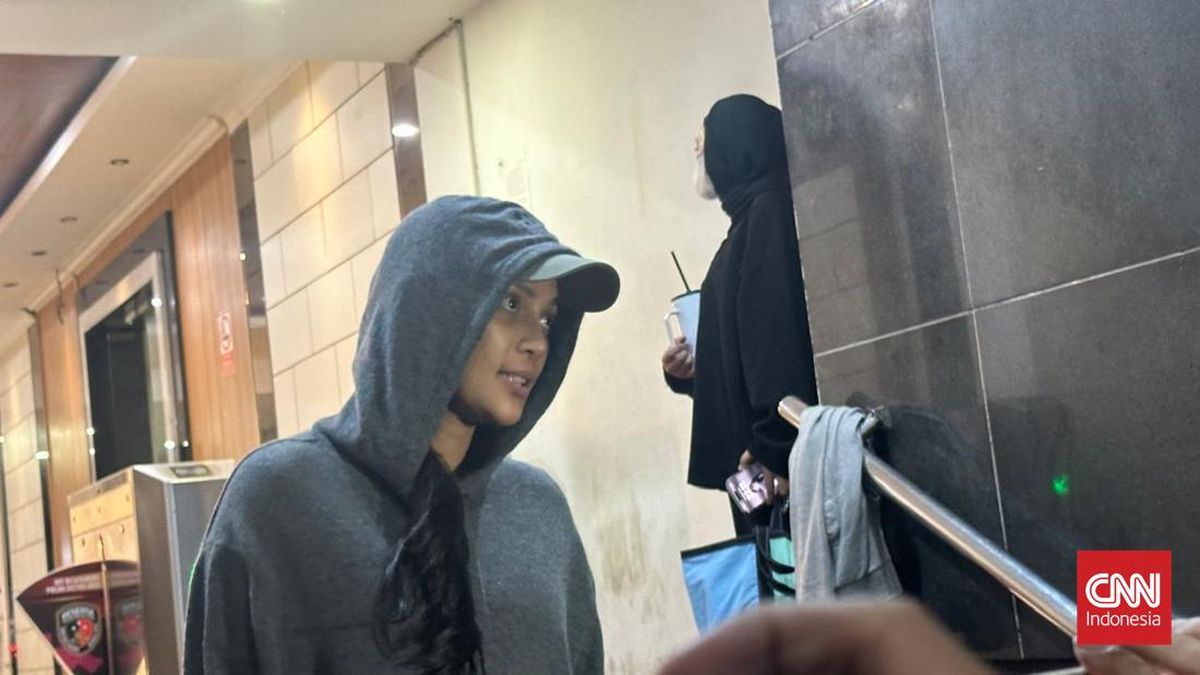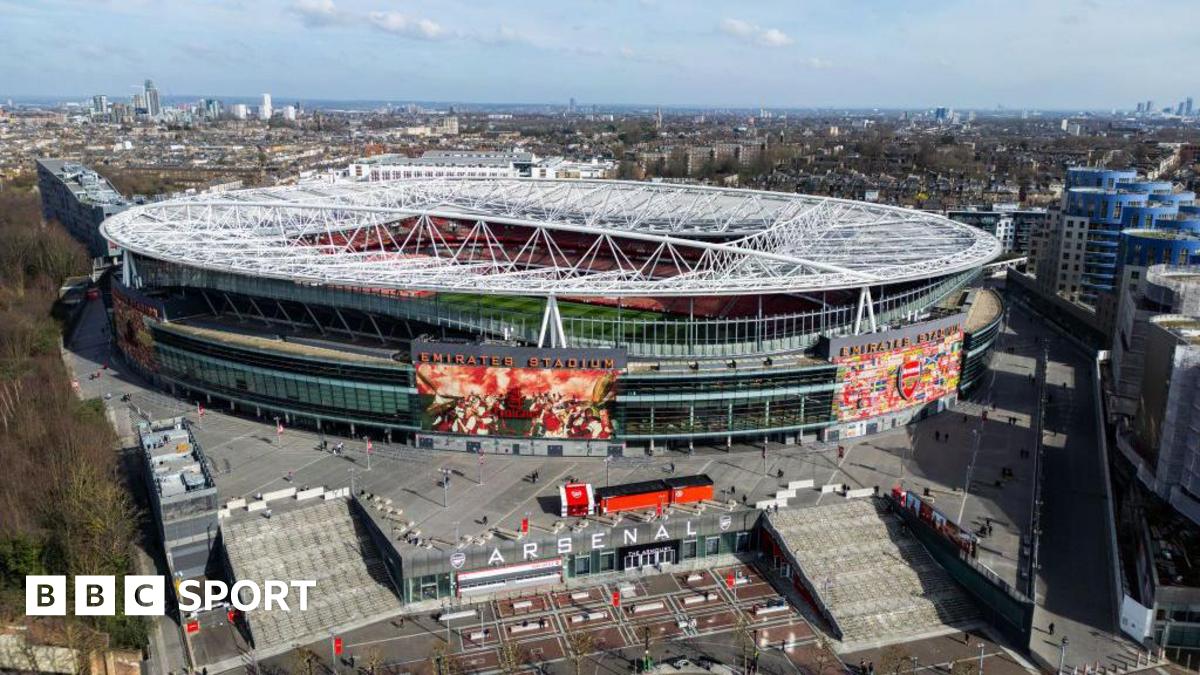Opinion
October 1, 2025 — 12.00pm
October 1, 2025 — 12.00pm
China’s long-running attempts to wrest pricing power back from the major iron ore miners appear to be intensifying, with reports that in the midst of price negotiations, China’s state-owned iron ore trader has told steel mills to temporarily stop buying BHP’s ore.
While the reports haven’t been confirmed – BHP doesn’t comment on its commercial negotiations and there’s been no official statement out of China – they would be consistent with the country’s attempts to counter the concentrated market power of the major iron ore miners, particularly the Australian heavyweights who account for about 60 per cent of China’s iron ore imports.

China has reportedly put a temporary ban on all BHP iron ore shipments into the country.
According to Bloomberg, China Mineral Resources Group (CMRG) – effectively a collective bargaining agency for more than half of China’s steel mills – told the mills and domestic traders to stop buying BHP’s Jimblebar blend late last month. Then, this week, it told them to temporarily stop all new purchases of BHP ore, including those of cargoes that are already on the water.
The move follows a round of negotiations with BHP in which CMRG sought discounts for BHP products that the company apparently wasn’t prepared to concede.
The impasse isn’t sustainable, given that BHP accounts for about 40 per cent of China’s imported ore and is the sector’s low-cost producer. Indeed, it could be counter-productive because, in tightening supply, China is giving greater pricing power to the other big miners – Rio Tinto, Brazil’s Vale and Fortescue.
Nevertheless, it does demonstrate that CMRG is prepared to flex its muscles.
China, as the world’s biggest steel producer and therefore the largest consumer of iron ore, believes it should be able to have a more direct influence over its pricing.
CMRG was set up by Beijing in mid-2022 after a massive spike in iron ore prices in 2021, during the pandemic. It was an attempt to counter the negotiating clout of the handful of big miners dominating China’s iron ore imports after a decade of increasing dissatisfaction with the market-based pricing regime that former BHP boss Marius Kloppers had forced on the sector in 2010.
For 40 years, until Kloppers’ new pricing regime, iron ore prices had been set in annual negotiations between the major Japanese and Chinese steel mills with individual miners, with the lowest price providing the benchmark for the rest of the industry.
When – thanks to the BHP boss – the industry moved to market-related pricing that better reflected the overall supply-demand balance, pricing power moved from the mills to the miners.
Loading
China, as the world’s biggest steel producer and therefore the largest consumer of iron ore – it imported about 1.24 million tonnes of ore last year – believes it should be able to have a more direct influence over its pricing.
CMRG is now the biggest trader in the iron ore market, buying ore when prices are lower and selling it when prices are higher to remove the historical price volatility.
With open-ended financial backing from the state, it has been able to build up a stockpile of ore thought to total about 20 million tonnes, both to enable it to trade and to provide a national strategic reserve. It has largely tamed what was previously significant speculative activity in the market.
But what it hasn’t been able to do, yet, is to significantly shift the leverage in pricing negotiations away from the miners, even though the miners effectively face a near-monopsony buyer – a market with pretty much only one buyer.
The structure of the market is, however, about to change.
Loading
Next month, Rio Tinto, its Chinese partner Chinalco and the Guinean government are expected to ship their first cargo of iron ore from the Simandou project in Guinea, the world’s largest and richest undeveloped iron ore resource.
While it probably won’t be until next decade before the total Simandou project scales up to its planned output of 120 million tonnes a year – next year’s production is expected to be about 10 million tonnes, rising to about 60 million tonnes in 2027 – it will introduce a new player, with the highest quality ore, into the market.
It won’t be the lowest-cost producer, with the miners having to sink the best part of $US20 billion ($30.3 billion) into extensive rail and port infrastructure, including a new 620 kilometre-plus heavy haulage rail line and a new port. Its capital intensity will probably push it into the sector’s third quartile for production costs. Its iron ore will, however command premium prices.
Australian miners, particularly BHP and Rio, are able to leverage off their existing long-established infrastructure, their relative proximity to China, the ferrous content of their ore and their positioning at the low end of the cost curve.
CMRG would be very mindful of the fact that not only is iron ore supply about to increase, but demand is starting to shrink.
For much of its recent history, China has consistently produced about one billion tonnes of steel a year. This year it seems inevitable that it will fall short of that mark. In the first eight months of 2025, its mills produced 671.8 million tonnes, about 3 per cent less than in the same period last year.
China’s steel industry, like most of the industries that Beijing regards as strategic, is awash with over-capacity, which has sparked ferocious price wars, a chronic lack of profitability and, with China’s economic growth rate slowing, triggered a flood of exports that is adding to global trade frictions and generating pushback from other countries in the midst of Donald Trump’s trade wars.
Despite having a global market share of more than 50 per cent, the industry had, on average, negative profit margins last year.
As part of his response to what the authorities call “involution” or “neijuan” – torrid price wars that drive losses because of excess capacity – Xi Jinping is trying to rationalise industries with chronic over-supply problems, and steel is at the forefront of those efforts.
Instead of responding to pressures in the sector as it has in the past with a massive burst of infrastructure spending to boost domestic demand for steel, Beijing has developed a new steel industry plan that bans new capacity and forces the phasing out of outdated equipment to reduce its capacity, while targeting greater value-added products and lower emissions.
With its steel output, and its demand for iron ore, having peaked and trending down, if Beijing is successful, and with a new source of supply entering the market, the structural shift in the balance of power that Beijing has long sought and which CMRG has been charged with is within sight.
Loading
That doesn’t mean the Australian iron ore miners will be driven out of the market. They can all survive and make solid profits, at far lower prices than today’s, which is around $US105 a tonne.
The entry of new higher quality but high-cost ore is more likely to drive out other high-cost producers with low-grade ore. Price peaks might, however, be significantly lower, the market’s pricing might become increasingly stable and there might be a more equitable power balance in negotiations between iron ore producers and their customers.
The periods of super-profitability and extraordinarily fat margins might be ending, which helps explain why BHP and Rio are so intent on building major presences in other commodities, particularly copper.
China’s steel industry is, however, rationalising and consolidating, not disappearing.
The lowest cost producers – and the Australian miners have worked hard to be at the lowest end of the industry’s cost curve – generally fare best, or at least least-worst, in periods of industry change.
The Business Briefing newsletter delivers major stories, exclusive coverage and expert opinion. Sign up to get it every weekday morning.
Most Viewed in Business
Loading



